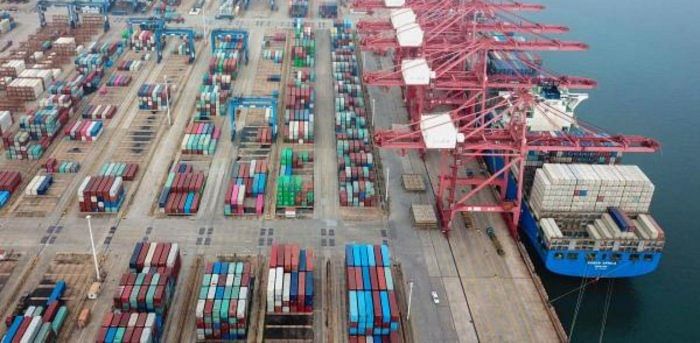

As the World Trade Organisation’s 12th Ministerial Conference wound up in Geneva last week, delegations began heading home, exhausted after a week of hectic parleys. The Indian delegation, however, made a stopover in Brussels. Led by the Commerce and Industry Minister, Piyush Goyal, the purpose of this visit was to provide political direction and impetus to talk for an India-EU trade agreement. Formal rounds of negotiations between the two sides will resume this week after nearly a decade-long hiatus.
Apart from Brussels, New Delhi is in different stages of talks with London, Ottawa and Tel Aviv, among others, to seal trade pacts. This is the result of a marked difference in India’s approach towards trade liberalisation on a bilateral basis, which has been particularly evident since at least 2020. India sealed a Comprehensive Economic Cooperation and Partnership Agreement with Mauritius in 2021, which came exactly a decade after India last entered into a bilateral trade deal (a Comprehensive Economic Cooperation Agreement between India and Malaysia was the last such deal signed in 2011). This summer, there were back-to-back deals with the UAE (a Comprehensive Economic Partnership Agreement) and with Australia (an Economic Cooperation and Trade Agreement).
Also Read | Dash for deals: India on FTA-signing spree
Despite different nomenclatures, all these are essentially free or preferential trade deals, where the terms of trade between trading partners are better than those for trade with non-partners. All these agreements focus on trade liberalisation – the reduction of tariff and non-tariff barriers to ease trade flows between the partner countries. However, these agreements vary in terms of their scope, coverage and extent of tariff and non-tariff cuts. While some may be goods-only agreements, others (particularly CEPAs and CECAs) are broader agreements covering goods, services and other areas.
What are the factors which have led to this rethink on FTAs? While a deep dive into the reasons is beyond the scope of this column, a few factors are noteworthy.
Burgeoning merchandise and services exports from India are contributing to a virtuous cycle and a conducive ecosystem to take forward trade agreements. India is adopting a whole-of-government approach towards enhancing its export prospects, including by engaging all levels of government from districts to foreign Missions in order to capitalise on export opportunities. Parallely, it is also pursuing economic policies geared towards ensuring greater self-reliance in areas such as manufacturing.
FTAs are important instruments for both these goals, as they can help leverage market access for export-oriented economic growth, as well as advance domestic policy priorities, as long as trade agreements are structured in alignment with industrial policy. In the pact with the UAE, for instance, a notable development is a separate chapter on bilateral cooperation in pharmaceutical exports, aimed at enhancing regulatory cooperation between the two countries.
Integration into Global Value Chains (GVCs) is another trade policy goal which FTAs may help advance. While it is unclear exactly how far a web of FTAs can be of aid towards this end. It is a fact that India is currently not a part of the mega-regional trading blocs such as the Regional Comprehensive Economic Partnership (RCEP) and the Comprehensive and Progressive Agreement for Trans-Pacific Partnership (CPTPP).
India’s recent breakthroughs in FTA negotiations are also partly driven by strategic reasons. In the prevailing geopolitical environment, both India, as well as its important trading partners like the EU and Australia, are seeking to leverage trade ties with each other in efforts to reduce economic dependence and over-reliance on China.
However, simply entering into trade pacts does not by itself translate into economic benefit. There are many challenges that emerge only after such agreements come into force. Indian industry, particularly MSMEs, has to be ready and equipped to utilise the preferential arrangements under the FTA.
Further, a complete exclusion of entire sectors seen as sensitive in the domestic economy from the negotiations substantially reduces the scope for trade-offs and concessions in areas where India has strong export interests. In the pre-negotiation stage, more extensive consultations and the setting up of a standing body with due representation from industry stakeholders and consumers must be prioritised.
India’s Foreign Trade Policy (FTP) last underwent an overhaul in 2015 and has been extended multiple times, most recently till September 30, 2022. As Commerce Ministry mandarins move into their new premises in Vanijya Bhawan in Delhi, the FTP’s new avatar should include a framework calling on the government to lay down its negotiating position and objectives for each trade negotiation it undertakes.
(The writer is the Secretary-General of CUTS International. Advaiyot Sharma of CUTS contributed.)